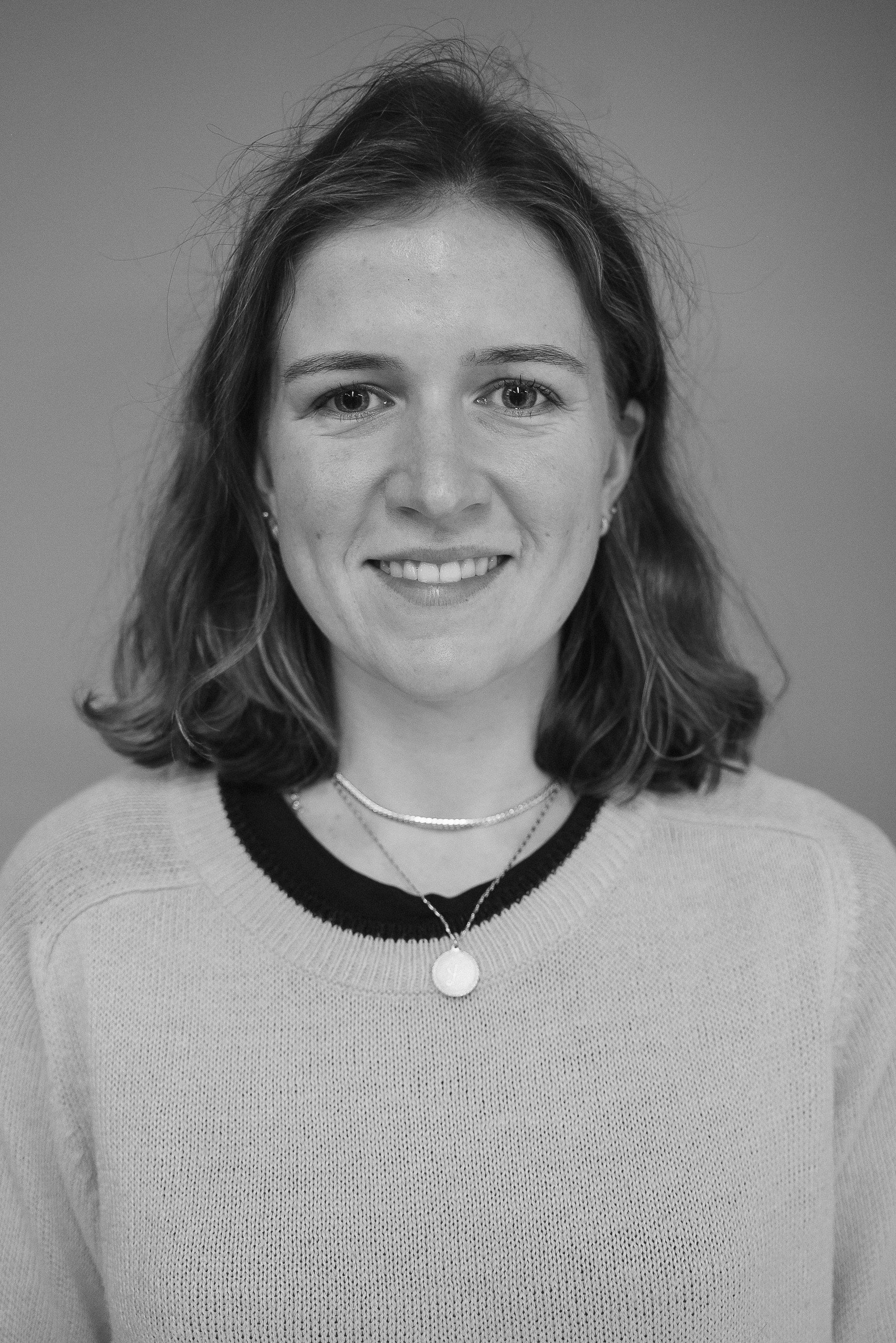Functioning of the Heart (Cambridge (CIE) IGCSE Co-ordinated Sciences (Double Award)) : Revision Note
Functioning of the Heart: Extended
Extended Tier Only
Deoxygenated blood coming from the body flows into the right atrium via the vena cava
Once the right atrium has filled with blood the heart gives a little beat and the blood is pushed through the tricuspid (atrioventricular) valve into the right ventricle
The walls of the ventricle contract and the blood is pushed into the pulmonary artery through the semilunar valve which prevents blood flowing backwards into the heart
The blood travels to the lungs and moves through the capillaries past the alveoli where gas exchange takes place (this is why there has to be low pressure on this side of the heart – blood is going directly to capillaries which would burst under higher pressure)
Oxygen-rich blood returns to the left atrium via the pulmonary vein
It passes through the bicuspid (atrioventricular) valve into the left ventricle
The thicker muscle walls of the ventricle contract strongly to push the blood forcefully into the aorta and all the way around the body
The semilunar valve in the aorta prevents the blood flowing back down into the heart

The heart has atria and ventricles which contract to push blood through in the right directions with valves present to prevent backflow

You've read 0 of your 5 free revision notes this week
Sign up now. It’s free!
Did this page help you?
